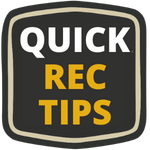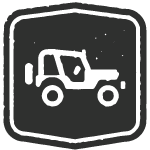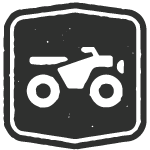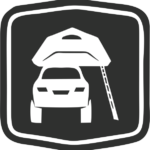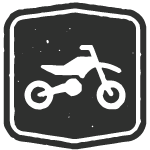Phone: (801) 627-0077 Toll Free: (800) 966-9900
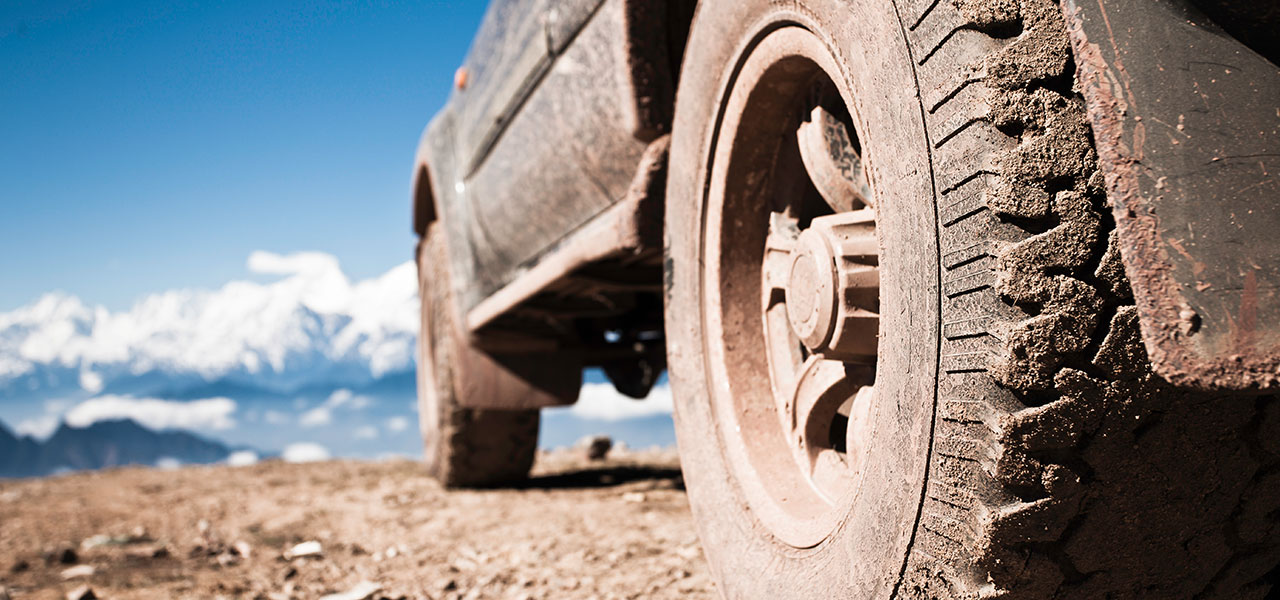
Personal Watercraft
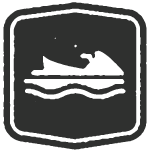

TRAVEL RESPONSIBLY
Travel responsibly on designated waterways and launch your watercraft in designated areas.
- Travel only in areas open to your personal watercraft (PWC).
- Always wear a Coast Guard approved lifejacket (PFD).
- When riding, make sure your lanyard is attached to your PFD, wrist or clothing.
- Always maintain your PWC at a safe speed. If you fall off your PWC, always re-board from the rear.
- Keep an eye out for other boaters, objects and swimmers.
- Never jump a wake. If crossing a wake, cross at low speeds and keep a close lookout for skiers and towables.
- Comply with all signs and respect barriers. This includes speed limits, no-wake zones and underwater obstructions.
- Make every effort to ride with a partner on another watercraft.
- Do not ride at night. PWCs are not equipped with lights.
- Make certain your trailer lights work and your PWC is secure on the trailer before you travel to your destination.
- Balance your load including items stowed inside your PWC.
- Don’t mix PWCs with alcohol or drugs.
RESPECT THE RIGHTS OF OTHERS
Respect the rights of others, including anglers, swimmers, skiers, boaters, divers and others so they can enjoy their recreational activities undisturbed.
- Show consideration to all recreationists on and around waterways.
- Be courteous to other boaters while in boat ramp areas. Launch and retrieve your PWC as quickly as possible.
- Keep the noise down, especially around the shore.
- Do not idly ride around near beaches, picnicking areas, campgrounds or shoreline residences.
- If crossing private property, be sure to ask permission from the landowner(s).
EDUCATE YOURSELF
Educate yourself prior to a trip by learning rules and regulations, planning for your trip, taking recreation skills classes and knowing how to operate your equipment safely.
- Obtain charts of your destination and determine which areas are open to PWCs.
- Make a realistic plan and stick to it. Always tell someone of your travel plans.
- Contact the land manager for area restrictions, closures and permit requirements.
- Check the weather forecast for your destination. Plan clothing, equipment and supplies accordingly.
- Make sure you have enough fuel and oil for the entire trip.
- Make sure your owner’s manual and registration are on board in waterproof containers.
- Always carry a Coast Guard approved working fire extinguisher and warning flares.
- Know distress signals and warning symbols.
- Prepare for the unexpected by packing necessary emergency items.
- Carry a Global Positioning System (GPS) unit and know how to use it.
- Know your limitations. Apply sunscreen, drink lots of water and watch your energy level.
- Take a PWC education course to learn more about navigating waterways and safe and enjoyable PWC riding.
- Make sure your watercraft is mechanically up to the task. Be prepared with tools, supplies and a spill kit.
AVOID SENSITIVE AREAS
Avoid sensitive areas and operating your watercraft in shallow waters or near shorelines at high speeds.
- Always launch at a designated boat ramp. Backing a vehicle on a riverbank or lakeshore can damage the area and lead to erosion.
- Always travel slowly in shallow waters and avoid riding in water less than 2½ feet deep. High speeds near shorelines lead to large wakes which cause shoreline erosion.
- Avoid sensitive areas such as seasonal nesting or breeding areas.
- Do not disturb historical, archeological or paleontological sites.
- Avoid “spooking” wildlife you encounter and keep your distance.
- Motorized and mechanized vehicles are not allowed in designated Wilderness Areas.
DO YOUR PART
Do your part by modeling appropriate behavior, leaving the area better than you found it, properly disposing of fuel, oil and waste, avoiding the spread of invasive species and restoring degraded areas.
- Pack out what you pack in.
- Carry a trash bag and pick up litter left by others.
- When fueling a watercraft, take every precaution not to spill fuel into the water.
- Be prepared. Carry a spill kit, which includes absorbent pads, socks and booms.
- Use a fuel collar or bib when fueling to catch drips and overflow and prevent backsplash.
- Observe proper sanitary waste disposal or pack your waste out.
- Before and after a trip, wash your gear, PWC, and support vehicle to reduce the spread of invasive species. Make sure to remove all plant material from your PWC, motor, trailer and other gear and dispose on dry land in a garbage container. Also drain livewells, bilge water and transom wells at the boat launch prior to leaving.



